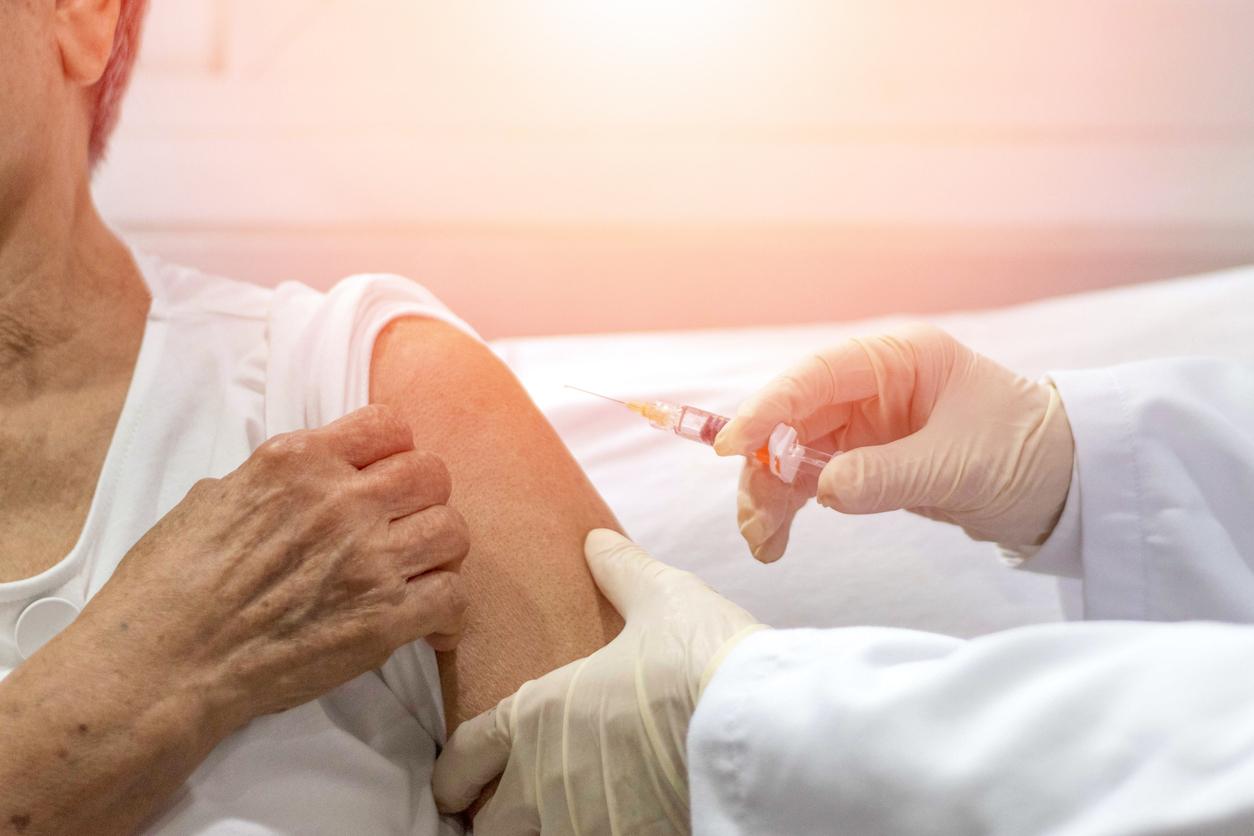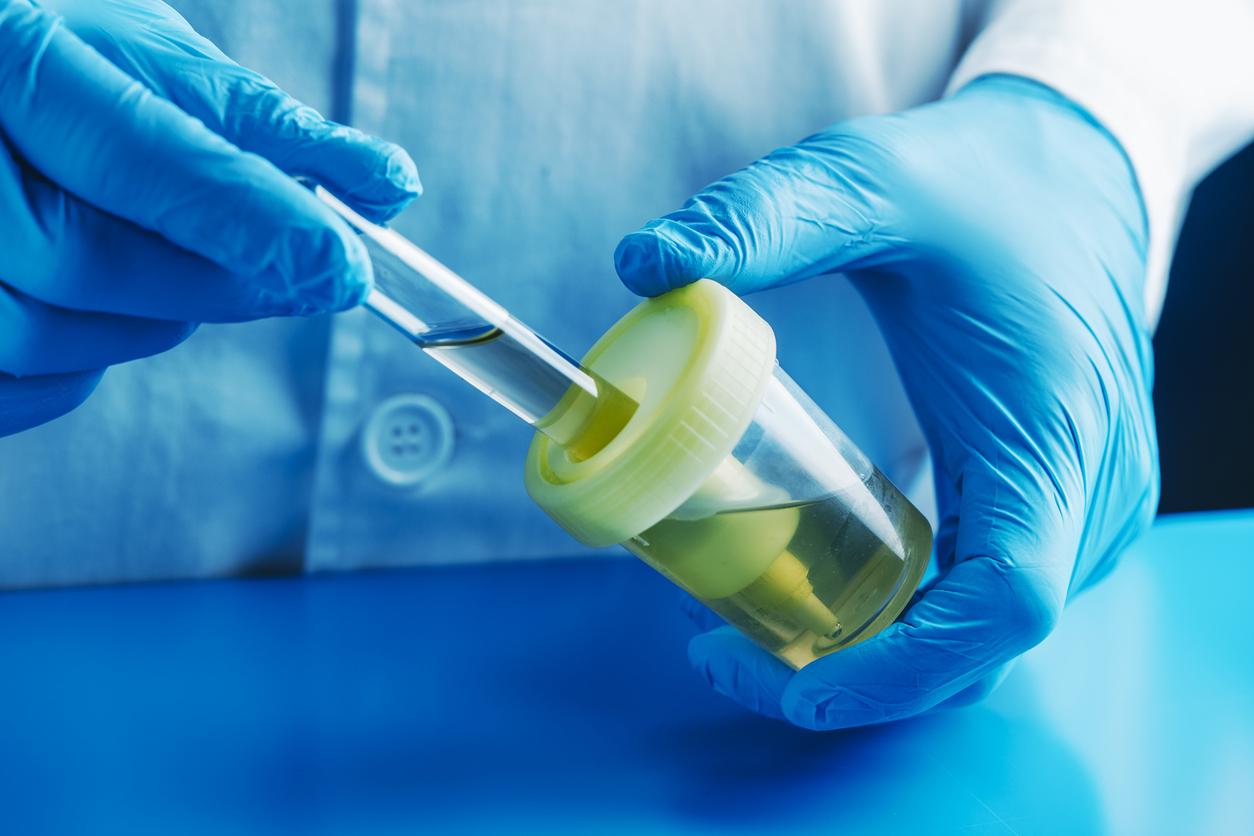June 26, 2009 – The various synthetic sweeteners ubiquitous in foods, beverages, toothpastes, mouthwashes and medications are believed to be found in significant amounts in our aquatic systems and, consequently, in drinking water. This is indicated by results just published by researchers who analyzed the water entering and leaving three wastewater treatment plants in Germany.1.
The researchers carried out extensive analyzes of the wastewater upon arrival at the station, at various stages of its treatment and upon leaving the plant, when it was discharged into nature, before returning to the water intakes. drinkable. At various stages of the process, they looked for the presence of seven sweeteners: cyclamate, acesulfame, saccharin, aspartame, neotame, neohesperidin dihydrochalcone and sucralose.
According to the results, the treated water, considered drinkable, contained more than 75% of the cyclamate, acesulfame, saccharin, neotame and sucralose initially detected at wastewater treatment plants.
Conventional sewage treatment systems fail to remove or neutralize many of the sweeteners that go down the drain, the researchers conclude. Unlike natural sugars, these synthetic substances would largely persist in our aquatic systems, accumulating in the environment, especially in drinking water.
Although artificial sweeteners are generally recognized as safe, scientific data would suggest that some of these substances could have genotoxic action, that is, they could damage DNA.2, emphasize the authors of the study.
Pierre Lefrançois – PasseportSanté.net
According to ScienceBlog.
1. Scheurer M, Brauch HJ, Lange FT. Analysis and occurrence of seven artificial sweeteners in German waste water and surface water and in soil aquifer treatment (SAT). Anal Bioanal Chem. 2009 Jun 16.
2. Bandyopadhyay A, Ghoshal S, Mukherjee A. Genotoxicity testing of low-calorie sweeteners: aspartame, acesulfame-K, and saccharin. Drug Chem Toxicol. 2008; 31 (4): 447-57.

















